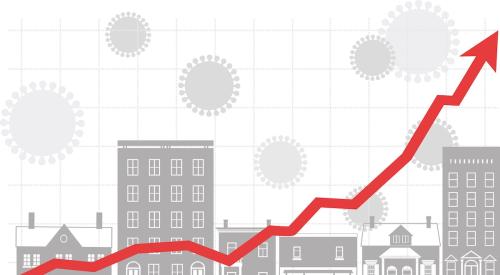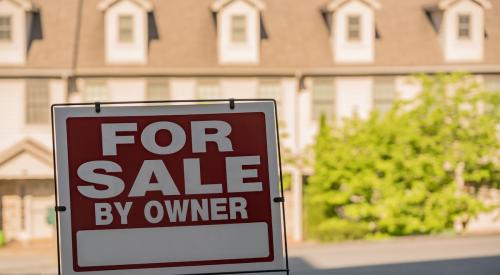Many sellers took advantage of the lack of for-sale inventory, upping their home prices and seeing those numbers go even higher with bidding wars. But now, the market has begun to shift and some sellers are realizing their big price tags might be pushing it, even in a highly competitive market. Realtor.com says while many homes continue to receive multiple offers, others are not and have cut their prices. About 45 out of the largest 300 metros in the country posted an increase in the number of price cuts. The top three cities with the highest share of price cuts are Des Moines, Midland, TX, and Toledo. Read more to see the full list.
To be clear: Home prices are still up by double digits in most of these cities compared with last year. The national median list price reached $385,000 in July, according to the most recent Realtor.com data. That’s up 10% compared with last year, as there are still more people searching for homes than there are homes to go around. But some market normalization seems to be creeping into the picture.
Price cuts are typical even in the healthiest housing markets, and usually a sign sellers missed the mark. While it varies by place and season, the share of listings with price cuts typically ranges from about 10% to 20%. They are most likely to happen from midsummer to midfall as sellers who haven’t found a buyer get more aggressive with pricing.
“Price cuts could signal a turning point in the market, but they may also just be a sign of sellers getting ahead of buyers in pricing,” says Danielle Hale, chief economist at Realtor.com. “There seem to be some markets where it’s a local custom to price real estate that way.”
Price cuts, after all, can be strategic. Reducing the price of a home can notify buyers who set alerts for when homes in their price range come on the market, or that homes that have been saved in search have seen a price reduction. It can attract more eyeballs to a listing.
To come up with this list, we examined monthly listing data in cities with at least 30,000 households and 100 monthly listings from April to June. Then we averaged the rate of reduced homes—calculated by dividing the number of price-reduced properties by the total number of homes for sale—for that time period. We limited our list to one city per state to ensure geographic diversity.













